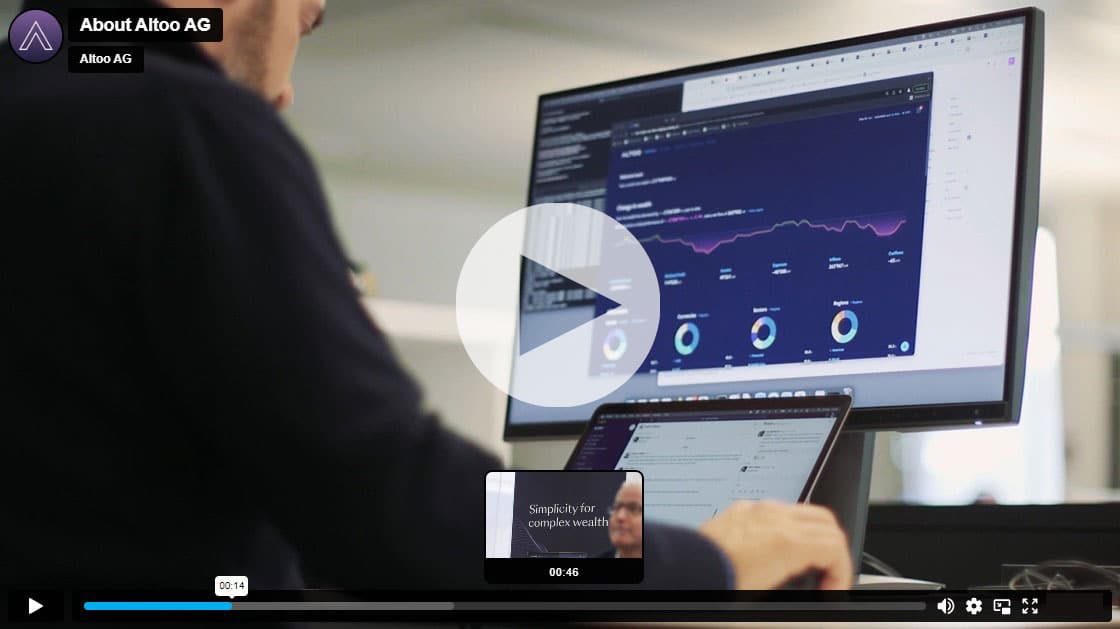What Is Side Pocketing?
Side pocketing is a mechanism that allows fund managers to separate illiquid or distressed assets from the rest of the portfolio. Illiquid assets are difficult to sell without losing significant value and may include bonds, low-trading volume stocks, delisted stocks, and private equity investments. The purpose is to shield the overall portfolio from the negative impact of these assets by isolating the risks and preserving the valuation and liquidity of the rest of the portfolio.
How Does Side Pocketing Work?
When an investment becomes illiquid or distressed, the fund manager creates a separate side pocket account to hold it. Existing investors keep their share of the illiquid asset, but new investors can’t invest in it or redeem it from the side pocket. This way, the illiquid asset’s impact on liquidity and valuation is contained within the side pocket, safeguarding the overall investment portfolio.
Benefits of Side Pocketing for Investors
Protection of Investor Interest
Side pocketing provides a level of protection for investors in the fund by isolating the risks associated with illiquid or distressed assets. By separating these assets into a side pocket, fund managers can manage the risks without affecting the value and liquidity of the rest of the portfolio. This safeguarding of investor interests helps to maintain confidence in the investment and reduces the potential for panic-driven redemptions.
Preservation of Portfolio Value
Illiquid or distressed assets can significantly impact the value of an investment portfolio if they are not properly managed. By creating a side pocket, fund managers can limit the negative impact of these assets on the overall portfolio value. This preservation of portfolio value is essential for long-term investors who seek consistent returns and stability.
Your Wealth, Our Priority: Altoo's Consolidation Power, Secure Document Management, and Seamless Stakeholder Sharing for High Net Worth Individuals. Preview Platform.
Flexibility for Fund Managers
Side pocketing provides fund managers with the flexibility to handle illiquid or distressed assets in a way that does not disrupt the management of the overall portfolio. It allows them to focus on maximising returns from liquid assets while actively managing the risks associated with illiquid assets. This flexibility enables fund managers to make informed decisions and maintain the stability and growth of the investment portfolio.
Side Pocketing in the Context of Family Offices
Family offices, which manage the wealth of high-net-worth families, can also benefit from the concept of side pocketing. Family offices typically have diversified investment portfolios that include a variety of asset classes, such as stocks, bonds, real estate, and private equity. By implementing side pocketing strategies, family offices can effectively manage illiquid assets within their portfolios.
The ability to segregate illiquid assets allows family offices to preserve the value of their overall portfolio while actively managing the risks associated with those assets. This is particularly important for family offices that have long-term investment horizons and seek to protect and grow their wealth over multiple generations.









